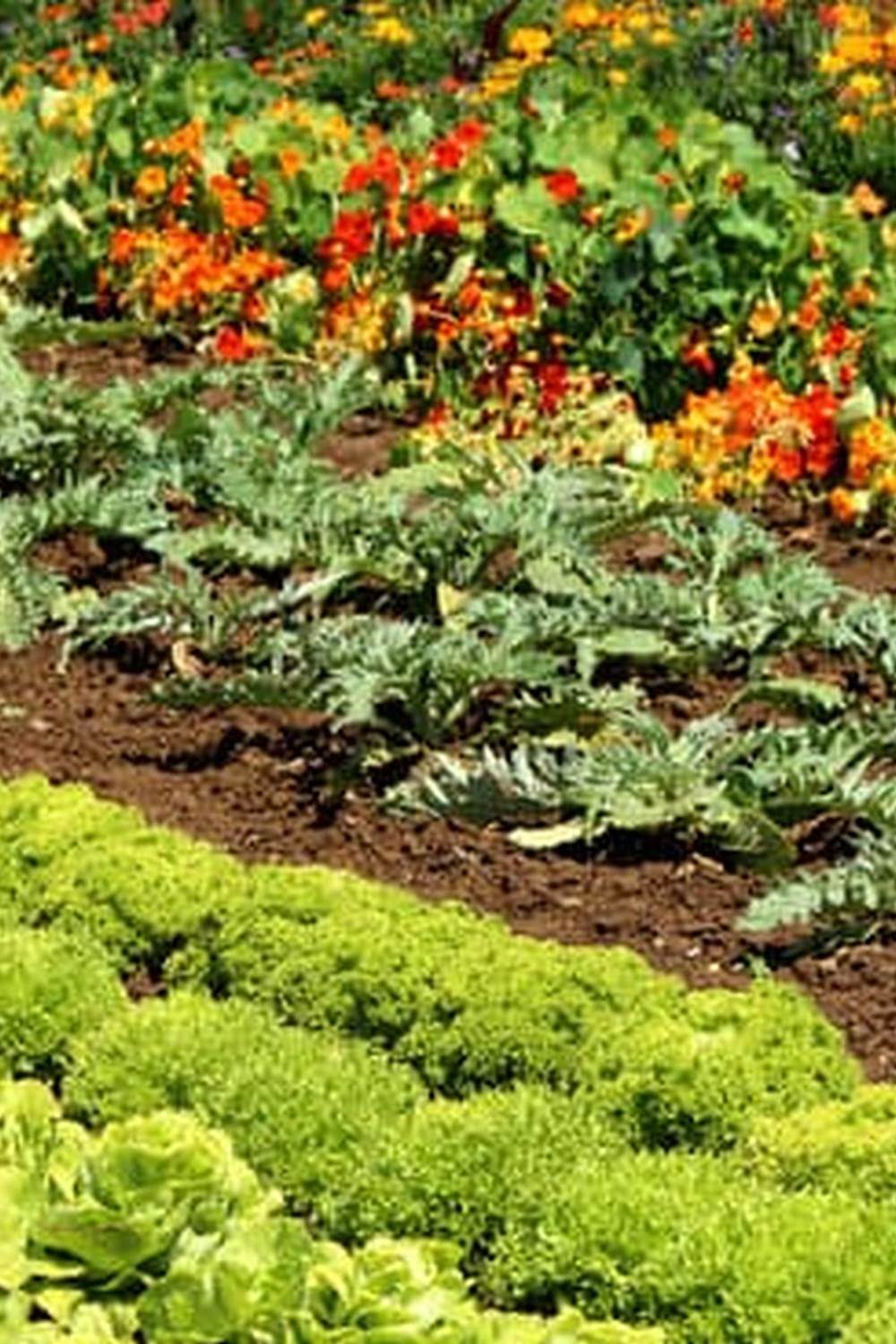Timber Vegetable Garden Beds
The popularity of vegetable gardening is on the rise thanks to the increasing awareness of the benefits of eating fresh produce. Home gardeners are looking for ways to save space in their gardens, and raised timber garden beds are a great way to do that.
Timber garden beds are easy to construct and can be made from a variety of materials, including cedar, redwood, or treated pine. They are durable and will last for many years with proper care.
Timber garden beds are a great way to create a garden that is both stylish and functional. They are perfect for growing a variety of vegetables, herbs, and flowers. The raised beds help to keep the soil warm in the spring and early summer, and they also help to retain moisture, which is important in arid climates.
Timber garden beds are a great way to add value to your home. They are also a great way to get the family involved in gardening. Kids will love playing in the raised beds and helping to care for the plants.
If you are looking for a way to add some style and functionality to your garden, consider using timber garden beds. They are a great way to save space and are perfect for growing a variety of plants.
Vegetable Garden Bed
Construction
How to build a vegetable garden bed
Building a vegetable garden bed is a great way to get started gardening, and it’s not as difficult as you may think. There are a few things to keep in mind when building your garden bed, but once you know what you’re doing, it’s easy!
The first thing you need to do is choose a location for your garden bed. It’s best to choose a spot that gets plenty of sunlight, but if that’s not possible, you can also use a spot that gets some shade.
Once you’ve chosen a location, you need to decide how big you want your garden bed to be. The standard size for a garden bed is 4’x8′, but you can make it whatever size you want.
Once you’ve decided on the size of your garden bed, you need to decide what type of material you want to use to build it. There are a few different options available, but the most popular option is to use cedar boards. Cedar is a natural material that is resistant to rot and decay, so it will last for many years.
Once you’ve decided on the type of material you want to use, you need to figure out how to put it together. The easiest way to do this is to use stakes and string to create a frame for your bed. Once the frame is in place, you can attach the boards using screws or nails.
Once your garden bed is built, you need to add some soil. You can either buy soil from a store, or you can make your own by mixing compost with soil from your yard.
Once your garden bed is ready, you can start planting! Be sure to choose vegetables that do well in your climate and soil type.
If you’re not sure how to get started, there are plenty of resources available online and in stores. There are also many books and magazines about gardening that can provide you with more information.
Building a vegetable garden bed is a great way to get started gardening, and it’s not as difficult as you may think. There are a few things to keep in mind when building your garden bed, but once you know what you’re doing, it’s easy!
The first thing you need to do is choose a location for your garden bed. It’s best to choose a spot that gets plenty of sunlight, but if that’s not possible, you can also use a spot that gets some shade.
Once you’ve chosen a location, you need to decide how big you want your garden bed to be. The standard size for a garden bed is 4’x8′, but you can make it whatever size you want.
Once you’ve decided on the size of your garden bed, you need to decide what type of material you want to use to build it. There are a few different options available, but the most popular option is to use cedar boards. Cedar is a natural material that is resistant to rot and decay, so it will last for many years.
Once you’ve decided on the type of material you want to use, you need to figure out how to put it together. The easiest way to do this is to use stakes and string to create a frame for your bed. Once the frame is in place, you can attach the boards using screws or nails.
Once your garden bed is built, you need to add some soil. You can either buy soil from a store, or you can make your own by mixing compost with soil from your yard.
Once your garden bed is ready, you can start planting! Be sure to choose vegetables that do well in your climate and soil type.
If you’re not sure how to get started, there are plenty of resources available online and in stores. There are also many books and magazines about gardening that can provide you with more information.
Preparing A Raised Garden Bed For Vegetables
A raised garden bed is an easy way to garden if you don’t have a lot of space. You can make a raised garden bed out of just about anything. In this tutorial, we will show you how to make a raised garden bed out of cinder blocks.
What you need:
-Cinder blocks
-Peat moss
-Potting soil
-Compost
-Vegetables
Instructions:
1. Decide on the size of your raised garden bed. Our raised garden bed is 4×8 feet.
2. Decide on the shape of your raised garden bed. Ours is a rectangle.
3. Lay out your cinder blocks in the desired shape.
4. Mix peat moss, potting soil, compost, and vegetables together in a wheelbarrow.
5. Fill each cinder block with the mixture, making sure to pack it down as you go.
6. Once the cinder blocks are filled, water the raised garden bed well.
7. Let the raised garden bed sit for a few days so the soil can settle.
8. Add more soil if necessary.
9. Plant your vegetables and enjoy!
How To Put Vegetable Garden To Bed For Winter
When the temperature starts to dip below freezing at night, it’s time to start thinking about putting your vegetable garden to bed for the winter. This doesn’t mean that your garden is done for the year, it just means that you need to take a few extra steps to make sure your plants stay healthy and survive the cold weather.
The first thing you need to do is to clear away all of the dead plants and debris from your garden. This will help to prevent any diseases from spreading to the healthy plants. Once you’ve cleared away the debris, you need to add some organic matter to the soil. This will help to keep the soil healthy and protect it from the cold weather.
You can add organic matter to the soil by composting, using mulch, or using a winter cover crop. Composting is the best way to add organic matter to the soil, but if you don’t have a compost pile, you can also use mulch or a winter cover crop.
Mulch is a great way to keep the soil healthy and protect it from the cold weather. You can use organic mulch, like straw, leaves, or wood chips, or you can use inorganic mulch, like plastic or rubber. Winter cover crops are another great way to add organic matter to the soil. They are crops that are planted in the fall and will be killed by the cold weather. They will help to improve the soil and protect it from the cold weather.
Once you’ve added the organic matter to the soil, you need to water it well. This will help the organic matter to break down and will help the soil to stay healthy during the winter.
Now it’s time to put your vegetable garden to bed for the winter. Just follow these simple steps and your plants will be safe and healthy through the cold winter months.
What Vegetables Grow Best In Raised Garden Beds
If you’re looking to create the perfect vegetable garden, you may want to consider using raised garden beds. Raised garden beds are a great way to improve drainage and soil quality, while also making it easier to tend to your plants.
When it comes to choosing vegetables to grow in raised garden beds, there are a few things to keep in mind. First, you’ll want to choose vegetables that are relatively easy to grow. Leafy greens and herbs are a good choice, as they don’t require a lot of space and are relatively easy to care for.
Another thing to consider is the type of soil in your area. Some vegetables, such as tomatoes, require a lot of nutrients and will do best in soil that is rich in compost or manure. If your soil is lacking in nutrients, you may want to choose vegetables that are more adaptable, such as squash or cucumbers.
Finally, you’ll want to choose vegetables that are suited to your climate. Some vegetables, such as carrots, are best grown in cooler climates, while others, such as tomatoes, do best in warmer climates.
By keeping these things in mind, you can create the perfect raised garden bed for growing your favorite vegetables.

If you’re looking to get into vegetable gardening, or are just looking for some tips on how to make your current garden better, then you’ve come to the right place! My name is Ethel and I have been gardening for years. In this blog, I’m going to share with you some of my best tips on how to create a successful vegetable garden.





